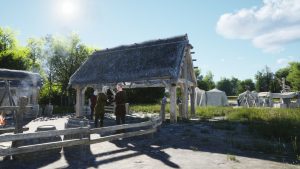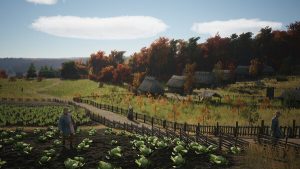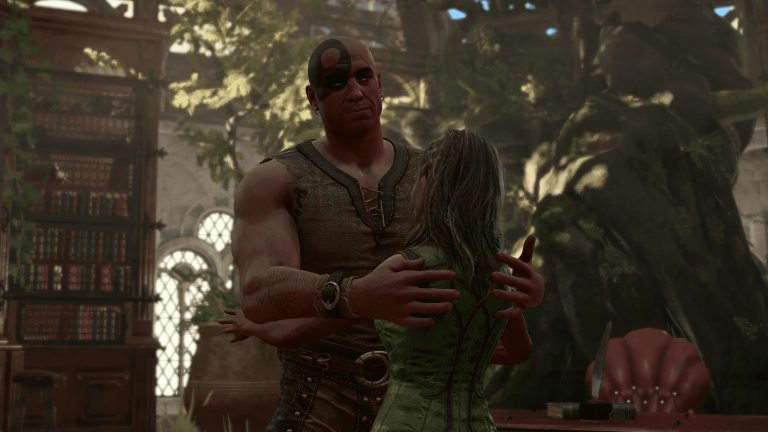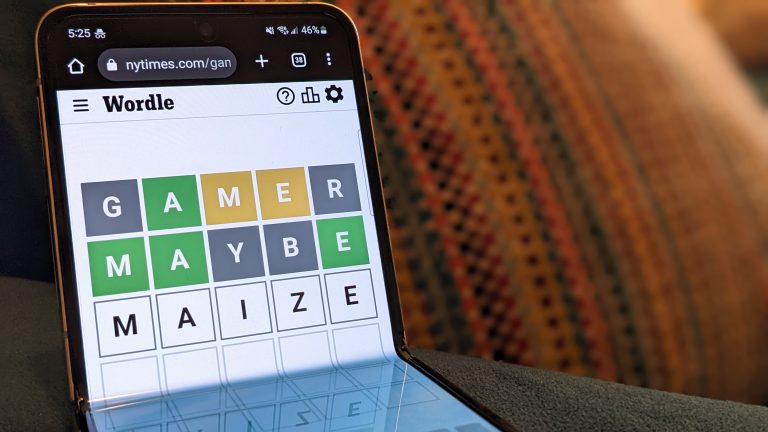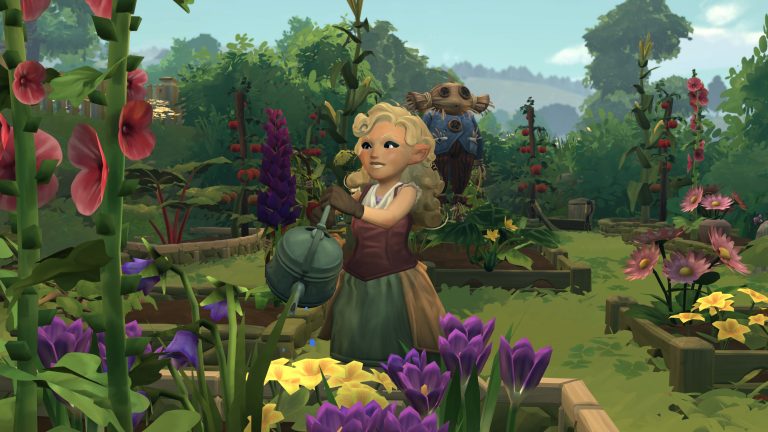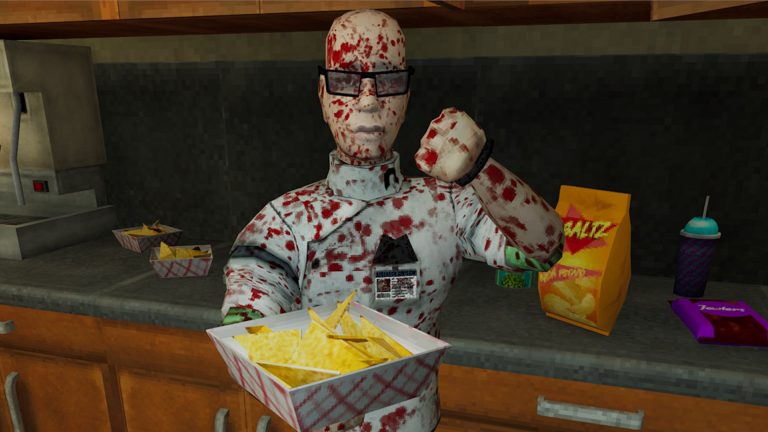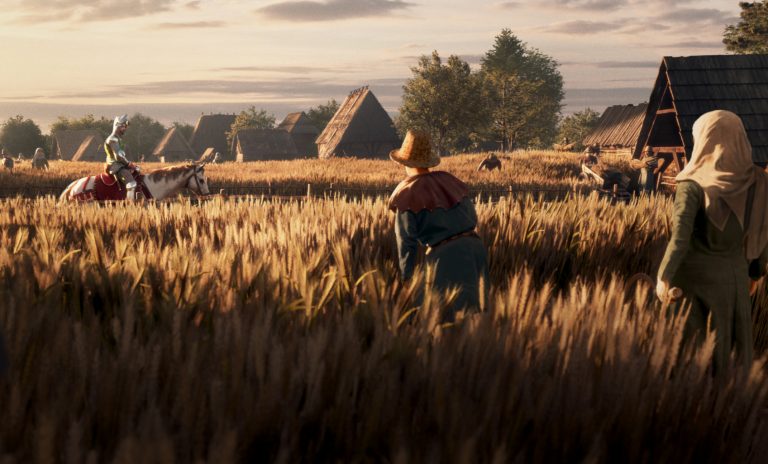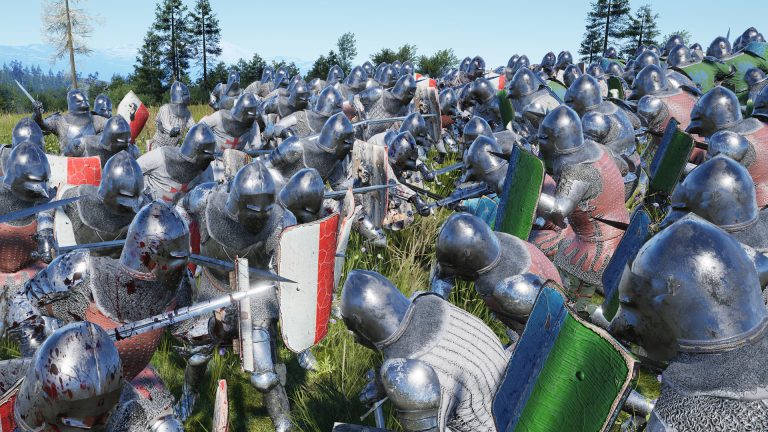Earning regional wealth in Manor Lords is important if you want to purchase livestock, build workshops in burgage plots, or provide fancy treats for your peasant populace so they won’t notice you’re taxing them into the dirt. While your treasury is filled with tax income which you use to hire mercenaries or build settler camps, trade relies on regional currency instead.
If you want to trade, you’ll need something to… well, trade. Success in Manor Lords is about harnessing abundant resources; what do you have and how can you use it? Turning something basic into a valuable trade item is a part of that. Regional wealth you acquire through exports can then be funnelled back into burgage plot workshops, more oxen to improve your efficiency, or buying nice clothes and food for the market to boost approval.
Since the tax you collect is also based on how much regional wealth is produced in a settlement per month, it’ll increase your treasury as well. All that said, here’s how to earn regional wealth and trade items.
How to earn regional wealth
Regional wealth comes from burgage plots and trade (Image credit: Slavic Magic)
Select ‘Send resources to the nearest town’ when you destroy a bandit camp to also get regional wealth (Image credit: Slavic Magic)
You’ll realise the importance of regional wealth early on in Manor Lords, likely when you buy a second ox for your stable to speed up work around town. Regional wealth isn’t the same as treasury, which you gain from taxes, though said taxes are based on regional wealth earnings. Instead, it’s the resource of trade that you get by selling items, and can use to buy items in turn.
It’s also required to purchase livestock or to build item-producing workshops in your burgage plots. You’ll also get a trickle of regional wealth from burgage plots each month, which increases based on their level, though this is pretty miniscule. The final way to earn regional wealth is by destroying bandit camps and selecting the option to send the recovered loot to your village, which gets you a lump sum of between 100 and 200.
How to trade and the best early items to sell
Unlock Trade Logistics to make establishing trade routes very cheap (Image credit: Slavic Magic)
Establish a trade route for the resource you want to buy or sell (Image credit: Slavic Magic)
Your desired surplus is the number that your trader will stop buying or selling at (Image credit: Slavic Magic)
Your trade rule determines whether you are importing or exporting the resource (Image credit: Slavic Magic)
Being closer to a tradepoint at the edge of the map will make for more efficient trading (Image credit: Slavic Magic)
To earn a decent sum of regional wealth you’ll have to sell items via building a trading post and establishing a trade route. If you plan on trading lots, I recommend using one of your early development points—gained by levelling up your town—to unlock Trade Logistics. This will cap the amount of regional wealth you have to spend to establish a trade route at 25 or lower.
Here’s the basic rundown of the process:
Pick the resource you want to trade in the “trade” tab of the trading post and pay regional wealth to establish the route on the right side. Once unlocked, you can select whether you want to import or export the item on the left side and you can select your desired surplus, i.e the amount you want to keep for yourself and don’t want traded. Assign a family to the trading post to transport the goods. You can see the export/import prices to the left of the establish trade route button.The closer you are to one of the tradepoints at the edge of the map, the faster the trade will occur, since that’s where they’re travelling to.
I’ve found leather and dyes are two of the best early exports. You’ll get decent money for them, but they are also easy to produce since both hunting camps and forager huts produce food as well as the berries and hides you need to craft them. Leather is also a clothing item that benefits your marketplace and can be turned into shoes if you build a cobbler’s workshop in a burgage plot.
Another strong seller is warbows—build a bowyer’s workshop in a level two burgage plot and they’ll produce this weapon with planks; an easily accessible building resource. It doesn’t even cost regional wealth to establish this workshop. More generally, when deciding what to trade, consider what resource deposits you have in abundance—marked with a crown—and how easily you can process them into items worth more with the families you have to hand.
It’s also possible to trade livestock by building a livestock trading post, and the primary advantage of these is that you won’t have to pay to establish a trade route. Still, I wouldn’t recommend them early on, since they require a significant investment of regional wealth and time to purchase lambs or sheep and wait for them to breed. Plus you’ll have to unlock sheepbreeding with a development point before any of that is even possible.

